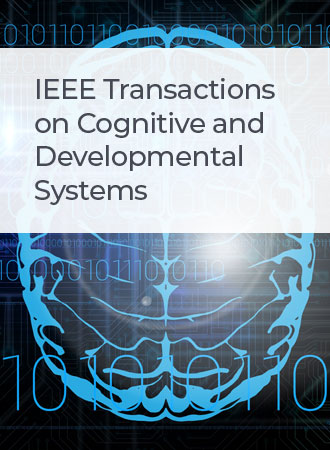Graph-Laplacian-Processing-Based Multimodal Localization Backend for Robots and Autonomous Systems
IF 4.9
3区 计算机科学
Q1 COMPUTER SCIENCE, ARTIFICIAL INTELLIGENCE
IEEE Transactions on Cognitive and Developmental Systems
Pub Date : 2024-09-26
DOI:10.1109/TCDS.2024.3468712
引用次数: 0
Abstract
Simultaneous localization and mapping (SLAM) for positioning of robots and autonomous systems (RASs) and mapping of their surrounding environments is a task of major significance in various applications. However, the main disadvantage of traditional SLAM is that the deployed backend modules suffer from accumulative error caused by sharp viewpoint changes, diverse weather conditions, etc. As such, to improve the localization accuracy of the moving agents, we propose a cost-effective and loosely coupled relocalization backend, deployed on top of original SLAM algorithms, which exploits the topologies of poses and landmarks generated either by camera, LiDAR, or mechanical sensors, to couple and fuse them. This novel fusion scheme enhances the decision-making ability and adaptability of autonomous systems, akin to human cognition, by elaborating graph Laplacian processing concept with Kalman filters. Initially designed for cooperative localization of active road users, this approach optimally combines multisensor information through graph signal processing and Bayesian estimation for self-positioning. Conducted experiments were focused on evaluating how our approach can improve the positioning of autonomous ground vehicles, as prominent examples of RASs equipped with sensing capabilities, in challenging outdoor environments. More specifically, experiments were carried out using the CARLA simulator to generate different types of driving trajectories and environmental conditions, as well as real automotive data captured by an operating vehicle in Langen, Germany. Evaluation study demonstrates that localization accuracy is greatly improved both in terms of overall trajectory error as well as loop closing accuracy for each sensor fusion configuration.基于图拉普拉斯处理的机器人和自主系统多模态定位后端
同时定位和测绘(SLAM)是机器人和自主系统(ras)定位及其周围环境测绘的一项重要任务,在各种应用中具有重要意义。然而,传统SLAM的主要缺点是所部署的后端模块存在视点急剧变化、多变天气条件等导致的累积误差。因此,为了提高移动代理的定位精度,我们提出了一种经济高效且松散耦合的重新定位后端,部署在原始SLAM算法之上,该算法利用相机、激光雷达或机械传感器生成的姿势和地标拓扑来耦合和融合它们。该融合方案通过利用卡尔曼滤波器阐述图拉普拉斯处理概念,增强了自治系统类似于人类认知的决策能力和自适应能力。该方法最初是为主动道路使用者的协同定位而设计的,通过图信号处理和贝叶斯估计将多传感器信息最佳地结合在一起进行自定位。所进行的实验重点是评估我们的方法如何改善自动地面车辆的定位,作为配备传感能力的自动驾驶车辆在具有挑战性的室外环境中的突出例子。更具体地说,使用CARLA模拟器进行实验,以生成不同类型的驾驶轨迹和环境条件,以及德国兰根一辆正在行驶的车辆捕获的真实汽车数据。评估研究表明,无论从总体轨迹误差还是闭环精度方面,每种传感器融合配置都大大提高了定位精度。
本文章由计算机程序翻译,如有差异,请以英文原文为准。
求助全文
约1分钟内获得全文
求助全文
来源期刊

IEEE Transactions on Cognitive and Developmental Systems
Computer Science-Software
CiteScore
7.20
自引率
10.00%
发文量
170
期刊介绍:
The IEEE Transactions on Cognitive and Developmental Systems (TCDS) focuses on advances in the study of development and cognition in natural (humans, animals) and artificial (robots, agents) systems. It welcomes contributions from multiple related disciplines including cognitive systems, cognitive robotics, developmental and epigenetic robotics, autonomous and evolutionary robotics, social structures, multi-agent and artificial life systems, computational neuroscience, and developmental psychology. Articles on theoretical, computational, application-oriented, and experimental studies as well as reviews in these areas are considered.
 求助内容:
求助内容: 应助结果提醒方式:
应助结果提醒方式:


